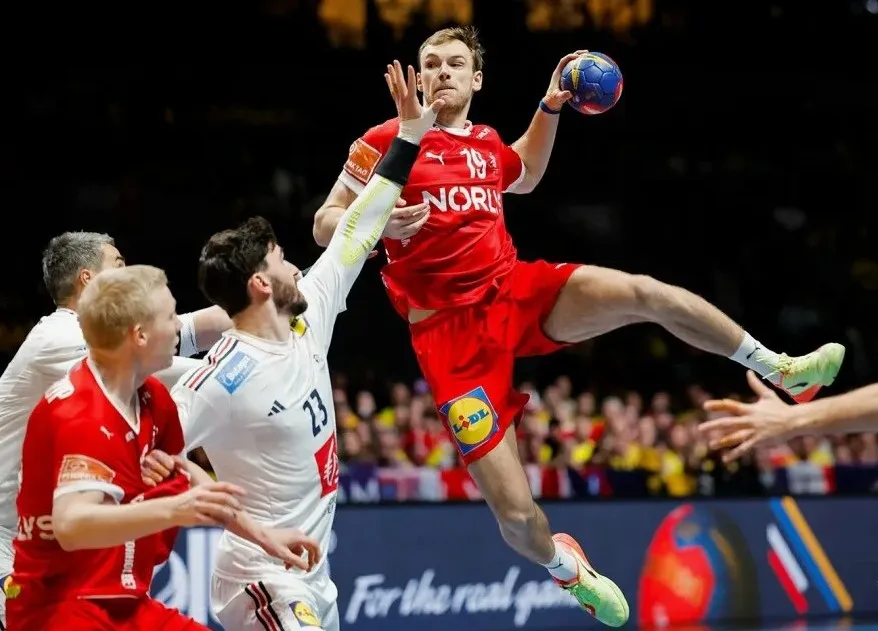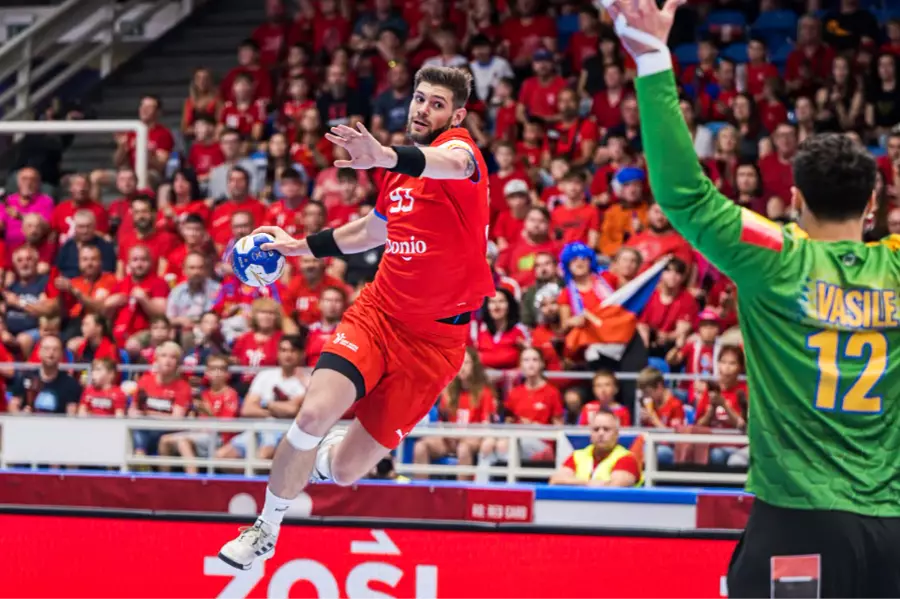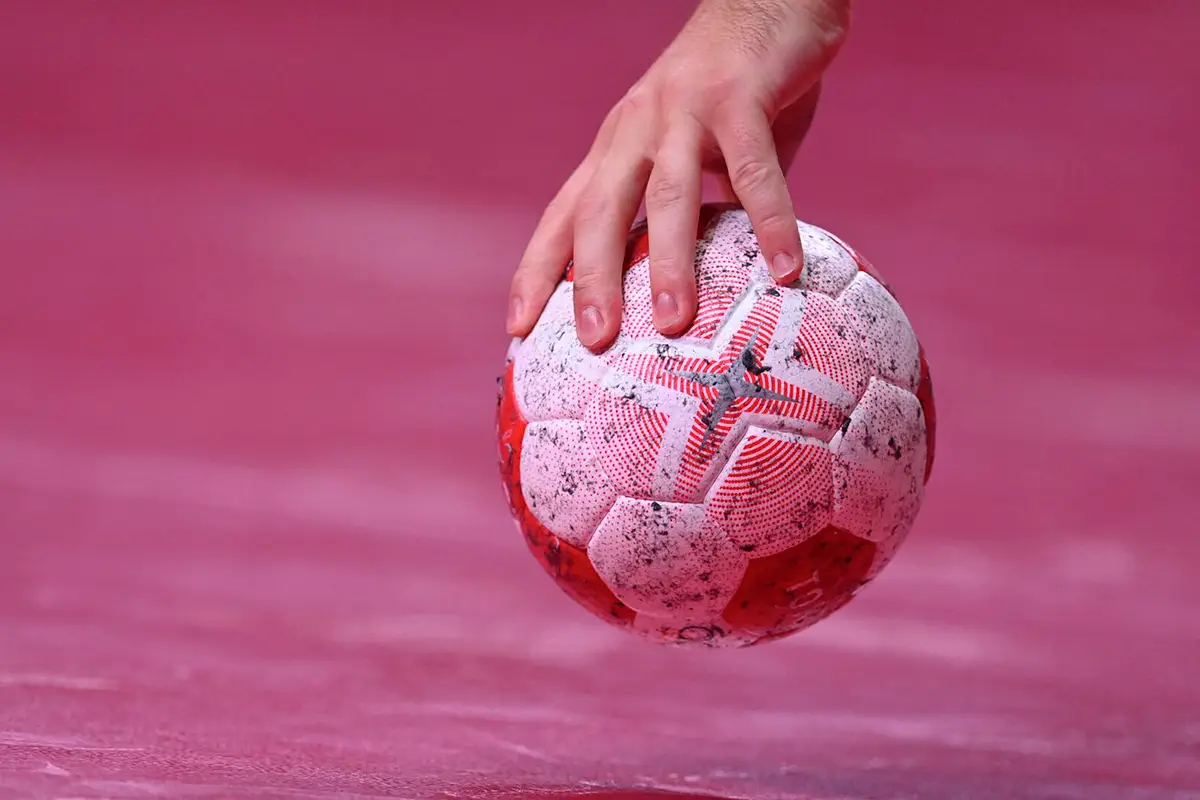Handball is a dynamic and spectacular team sport that attracts millions of fans around the world. In recent decades, the discipline has gained a solid position in the popularity rankings thanks to its speed, strategic depth and emotional intensity. Handball competitions have become the stage for the best players in the world, where tactical skills and physical stamina determine the outcome of matches. The tournaments bring together huge stadiums and audiences in front of screens, turning each event into a true sports festival.
Olympic handball tournament: the pinnacle of sports performance
The Olympic Games are the highlight for every athlete. The handball competition at the Olympics is one of the most prestigious and spectacular events in the world of sport. Every four years, the best national teams meet in the Olympic stadiums to determine the strongest team in the world. The competition is characterised by a high level of preparation, incredible competition and the utmost motivation of the participants. A victory at the Olympics writes a team into the history of world handball forever.
History of Olympic handball
Olympic handball competitions were first held in 1936 in Berlin, but then they were played on outdoor courts and only between men’s teams. The discipline returned to the Olympic programme in 1972 in Munich, but in the classic indoor format. Women’s handball debuted in 1976 in Montreal. Since then, Olympic tournaments have become one of the events that athletes and fans alike look forward to with excitement.
Over the decades, different national teams have dominated the Olympic stage. For instance, the USSR, Yugoslavia, Denmark and France have repeatedly stood on the top step of the podium.
How the Olympic handball tournament goes
Selection for the Olympics consists of several stages. Participants are determined by the results of world championships, continental championships and qualification matches. The format of the Olympic handball competition comprises two phases: a group tournament and a play-off.
In the group stage, 12 teams are divided into two groups of six teams. Each team plays five matches. The best four from each group advance to the quarter-finals. This is followed by the semi-finals and the final, in which the winner is determined.
The tournament is characterised by its fast pace and tension. The players have to endure several matches in a short time, showing the best physical fitness and tactical discipline.
Handball World Cup – the most important handball tournament in the world
Every two years, the handball world stands still in anticipation of one of the biggest sporting events: the World Cup. This handball competition brings together the strongest national teams, competing for the title of the best team in the world. The World Championship is not only an indicator of the skill level of the national teams, but also a mirror of the evolution of tactical schemes and game strategies.
History and importance of the World Championship
The first men’s championship was held in 1938 in Germany, where only four teams participated. The women’s tournament debuted much later, in 1957 in Yugoslavia. Today, 32 teams compete in the World Handball Championships.
Facts:
- The French, Swedish and Danish teams are the leaders in terms of wins.
- The last men’s World Cup was held in 2023 in Poland and Sweden.
- The 2021 women’s World Cup was held in Spain and attracted a record number of spectators.
Winning the World Cup entitles you to be considered the best team in the world and is an important step towards qualification for the Olympics.
The handball Champions League is the epitome of club rivalry.
 The Handball Champions League is a prestigious competition between European clubs, similar in importance to the Champions League in football. The tournament brings together the strongest club teams in Europe, competing for the title of the continent’s best team. The matches are characterised by a high level of skill, entertainment and unpredictable results.
The Handball Champions League is a prestigious competition between European clubs, similar in importance to the Champions League in football. The tournament brings together the strongest club teams in Europe, competing for the title of the continent’s best team. The matches are characterised by a high level of skill, entertainment and unpredictable results.
History of the Handball Champions League
The handball competition dates back to 1956, when the event was called the Champions Cup. In 1993, the tournament was given a modern name and a new format.
Stages of development:
- 1956-1993: Champions Cup, in which only the winners of national championships participated.
- From 1993: Transition to the Champions League, expansion of the competition and improvement of the tournament format.
- 2000s: introduction of the group stage and play-offs, increasing the level of intrigue and spectacle.
European championships: the stage for Europe’s best teams
European handball competitions are one of the most competitive and spectacular events between national teams. Europe’s strongest teams face each other to determine who is the continent’s best. This tournament is an important preparation stage for the World Cup and Olympics, as well as a platform to identify new handball stars.
History of the European Handball Championship
The first competition took place in 1994 for the men and in 1996 for the women. Since then, the tournament has been held every two years, bringing together 24 of the continent’s best teams.
Facts and figures:
- Tournament winners: The national teams of Denmark, France, Spain and Sweden are multiple winners.
- Star players: European championships have produced players such as Nikola Karabatic, Mikkel Hansen and Anita Gorbitz.
- High level of competition: European teams traditionally dominate the world stage, making the tournament as demanding as possible.
National championships: the foundation of the handball hierarchy
National handball championships play a key role in the development and popularisation of the sport. Here, the foundations are laid for the formation of strong national teams and the identification of the future stars of the discipline. The strongest leagues in Europe, such as the German Bundesliga, the French D1 and the Spanish Liga ASOBAL, are the global sports benchmarks in this field.
Characteristics of handball leagues
Each country has its own peculiarities of national championships. The tournament system, match schedule and level of competition depend on the traditions and development of the sport in the country.
The three main national championships in Europe are:
- German Bundesliga: considered one of the strongest and most competitive leagues in the world. The championship has 18 teams and matches are fast and hard. Clubs like Kiel, Flensburg and Rein-Neckar Leuven are multiple winners of the Bundesliga.
- French Championship (LNH Division 1): a league that has been strengthened in recent years by investment and the emergence of world-class stars. Club Paris Saint-Germain dominates here and triumphs on the international stage.
- Spanish ASOBAL league: this league is historically the strongest of the Barcelona and Atletico Madrid teams. ASOBAL is known for the high level of tactical training and technical skill of its players.
Conclusion
 Handball competitions are an integral part of world sport, bringing together millions of fans and athletes. Olympic tournaments, world championships, Champions League and national championships form a unique structure in which each competition plays an important role.
Handball competitions are an integral part of world sport, bringing together millions of fans and athletes. Olympic tournaments, world championships, Champions League and national championships form a unique structure in which each competition plays an important role.
 en
en  ru
ru  de
de  ar
ar  es
es  nl
nl  hi
hi  fr
fr  it
it  pt
pt  el
el 










